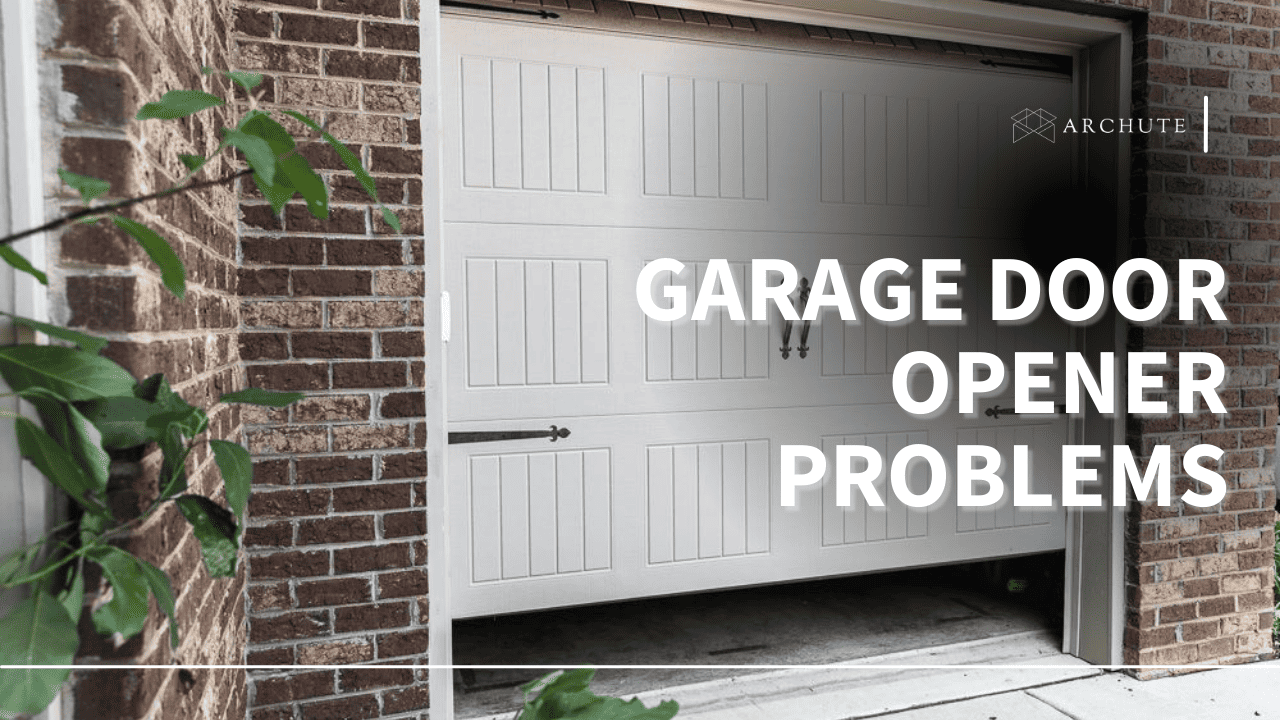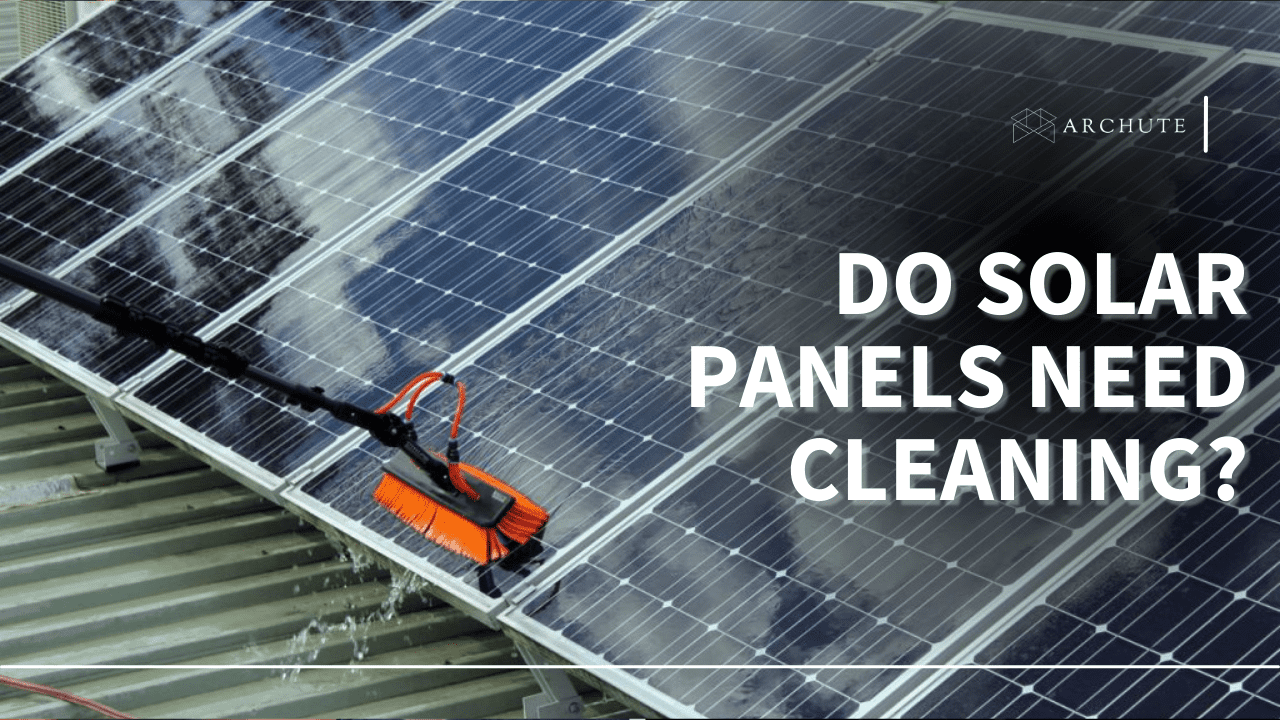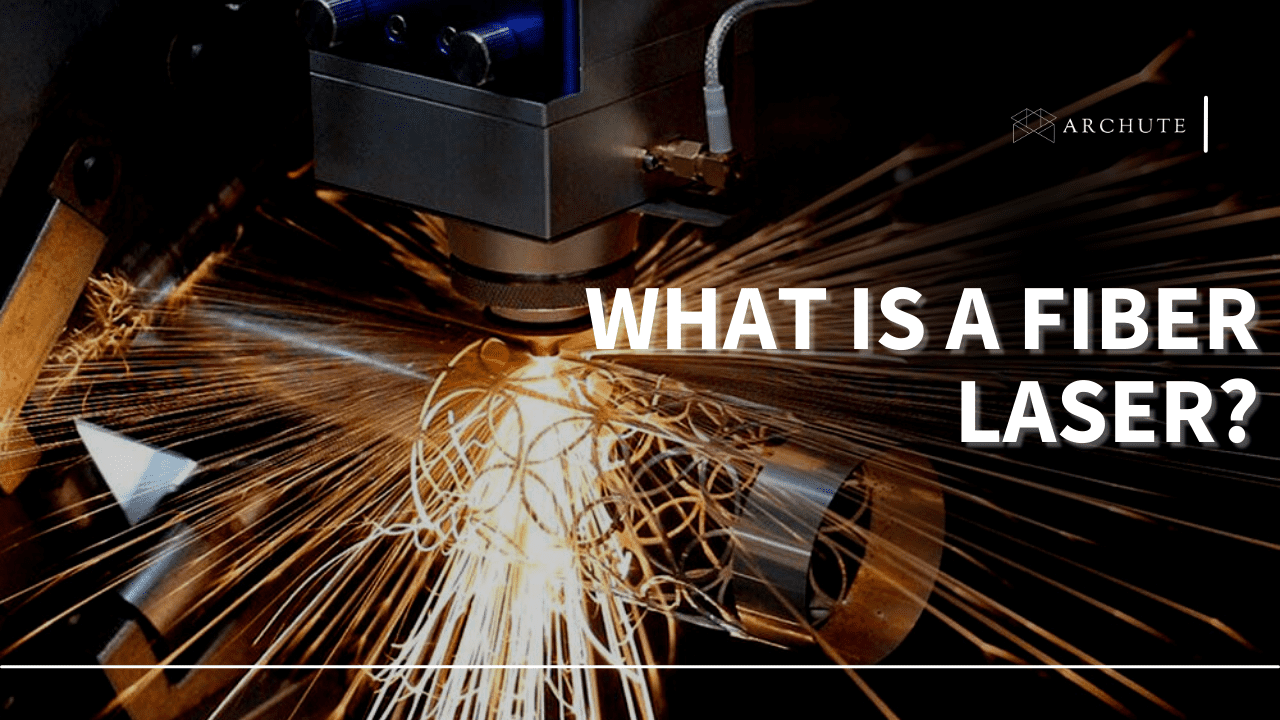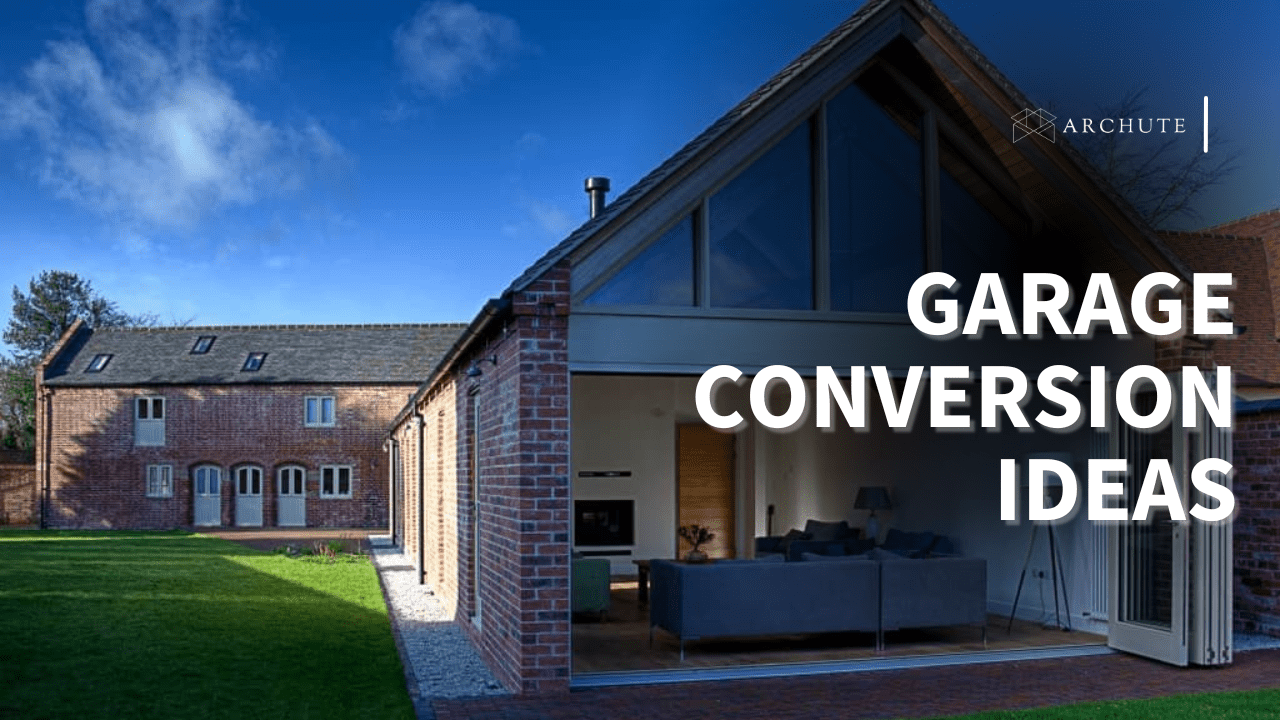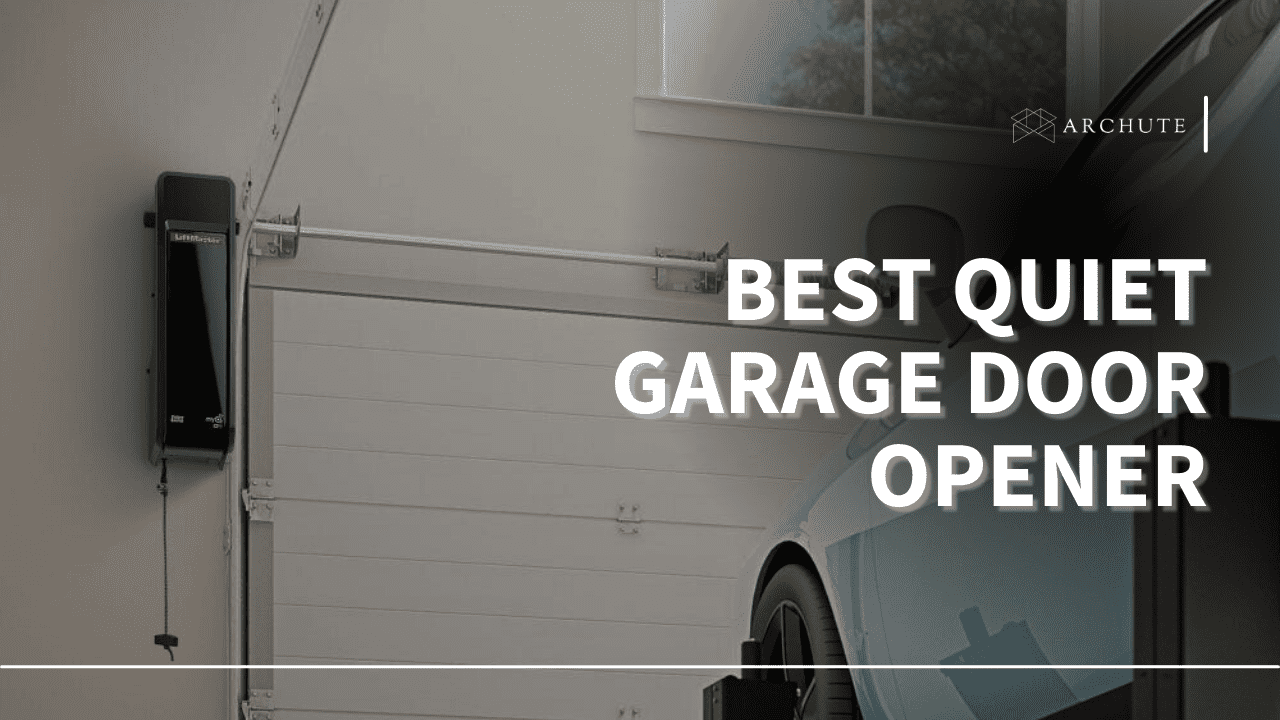Garage door openers require constant upkeep, similar to how the whole garage door needs maintenance to help it last longer. When your garage door malfunctions, you can troubleshoot it to identify the issue. If it is not solvable, you can request the assistance of a garage door repair technician to find out what is wrong.
Sometimes the issue is a simple problem, and other times it is something more complicated. Here are a few common garage door opener problems that may no longer function.
1. The Motor Keeps Running After Garage Door Opens
If you open garage doors and it works, but the motor continues to run, the up-limit switch will need to be moved away from the motor unit. This often happens when you first install the best garage door opener.
The motor can keep running because the gears inside the unit are stripped, causing the motor to run without the door moving. If you are unsure how to fix the up-limit switch, you can ask a garage door technician to help.
2. Garage Door Keeps Reversing
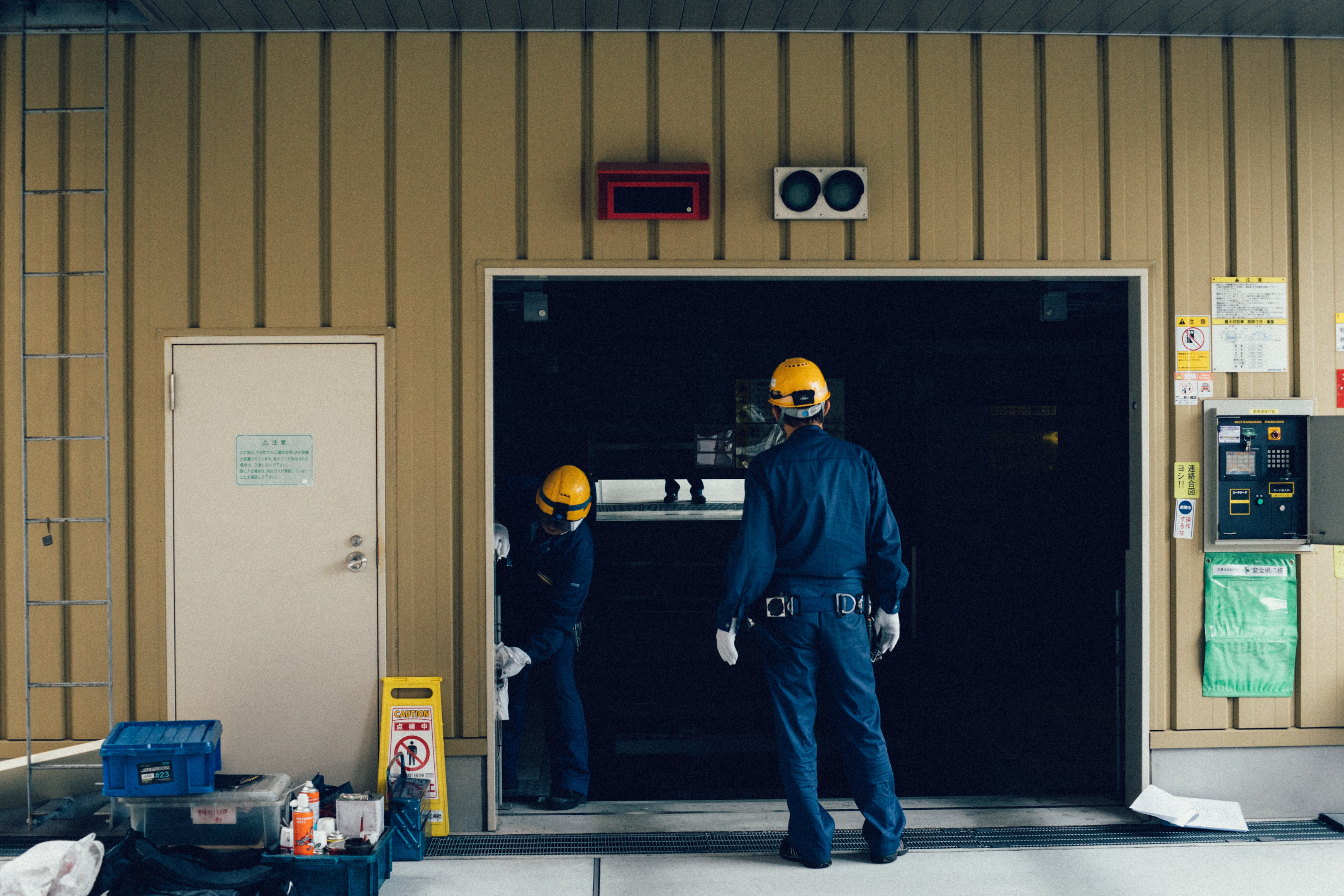
According to J&S Garage Door Service, if you try to close the garage door but keep opening after it touches the floor, it is a close-limit switch problem. You must adjust the close-limit screw on the door opener motor in small increments and keep testing the door until it touches the floor completely.
Another reason it could reverse is that the photosensors malfunction, causing the door to open because it registers an obstacle. You can clean the photosensors and reposition them to fix the problem. You must have them replaced if it is not a debris or alignment issue.
3. Garage Door Remote Not Functioning
Sometimes the garage door remote does not work, and you must replace the battery. Alternatively, you may have to reprogram the remote by resetting the garage door limit settings. If that isn’t the issue, it may be because the remote’s receiver isn’t picking up the transmission. You can hire a technician to help fix this problem.
4. Garage Door Not Properly Closing
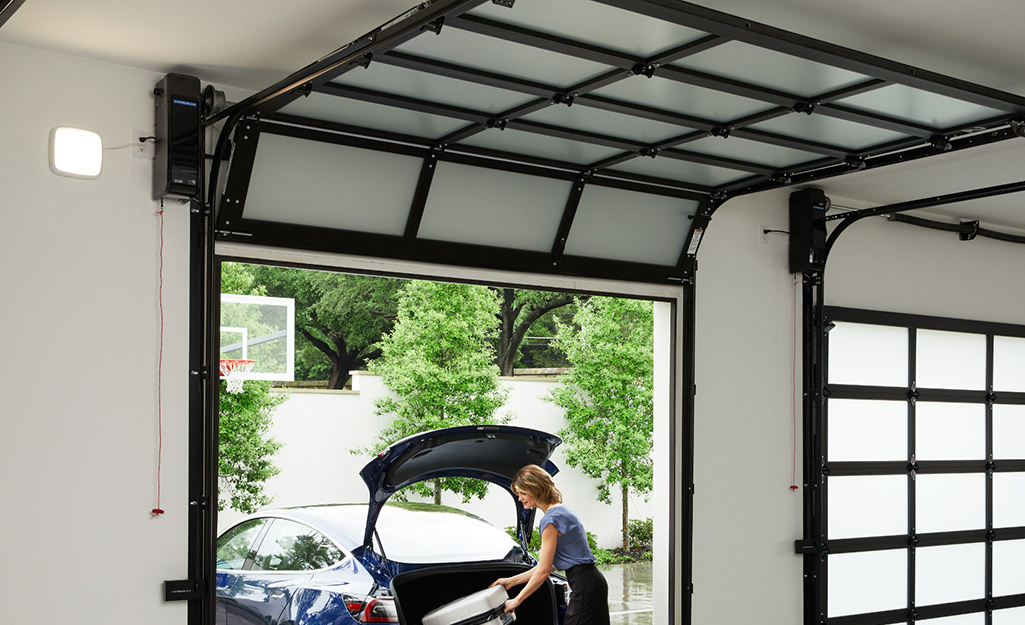
Image Source: homedepot.com
The door may not be able to close because the rollers are damaged, preventing the door from moving along the tracks properly. You can lubricate rusty rollers and grind or replace them if damaged.
There could also be an issue with the springs, pulleys, or cords. If these parts are damaged or worn out, they won’t be able to support the door’s weight. You can check to see if those parts need to be replaced.
5. Garage Door Is Loud And Noisy
If your garage door is making creaking, grinding, screeching, or clanking sounds, it can signify a problem with your garage door and is about to break down. This can be due to rusty parts, loose gears, debris caught in the tracks, or broken mechanical gears. You can inspect the door’s moving parts to see where the sounds are coming from. You can also solve this issue by installing the best quiet garage door openers.
6. Wall Switch Not Working
A common garage door opener problem is when the wall switch stops working. This can be due to various issues, such as a loose wire connection or a faulty switch. To troubleshoot this issue, check the power supply to the wall switch.
Ensure the outlet is functioning correctly and the breaker is not tripped. Next, inspect the wiring connections to ensure they are tight and secure. If the wiring connections appear in good condition, the issue might be with the switch itself. In this case, replacing the wall switch with a new one is best.
7. Garage Door Opener Light Not Turning On
If the garage door opener light does not turn on, it is usually due to a faulty light bulb or a problem with the light socket. To address this issue, start by checking the light bulb.
Ensure it is not burnt out, loose, or damaged, and replace it if necessary. If the light bulb appears in good condition, the problem might be with the light socket.
Inspect the light socket and wiring connections to ensure they are not loose or damaged. If you notice any damage, replacing the socket or contacting a garage door technician to help you fix it is best.
Causes of Common Garage Door Problems
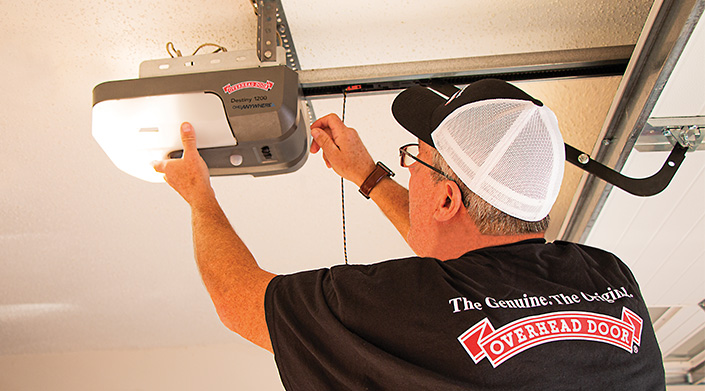
Image Source: overheaddoor.com
1. Power Disruption or Electrical Issues
If your garage door opener is not receiving power, it won’t function properly. Ensure the power cord is plugged in properly and there is no damage to the cord.
Check the breaker or fuse box to ensure the circuit is not overloaded. Sometimes, electrical surges or lightning strikes can cause damage to the garage door opener’s electrical components, resulting in power disruption.
2. Broken or Damaged Garage Door Springs
The garage door springs are responsible for lifting the garage door’s weight. If one or both springs are broken or damaged, the garage door opener may struggle to lift the door or fail to open it together. Broken or damaged springs can also cause safety issues, as the garage door may suddenly fall and injure someone or damage property.
3. Misaligned or Damaged Garage Door Tracks
The garage door tracks guide the garage door as it opens and closes. If the tracks are misaligned or damaged, the garage door may sometimes not open or close smoothly, causing strain on the garage door opener. Misaligned or damaged tracks can also cause safety hazards, as the garage door may fall off the tracks.
4. Obstruction in the Garage Door Path
If there is an obstruction in the garage door path, the garage door opener may fail to open or close the door. Obstructions can be anything from debris on the tracks to objects blocking the garage door sensors.
5. Faulty Garage Door Opener Sensors
The garage door opener sensors are designed to detect obstacles in the garage door’s path and prevent the door from closing if an obstacle is detected. The garage door opener may not function properly if the sensors are not working correctly.
6. Outdated or Worn-Out Garage Door Opener Parts
Garage door openers have various parts that can wear out over time due to regular use. This can include the motor, gears, belts, and other components. If these parts are outdated or worn out, the garage door opener may not work properly or fail to open or close the door.
What Do I Do If I Have Garage Door Opener Problems?
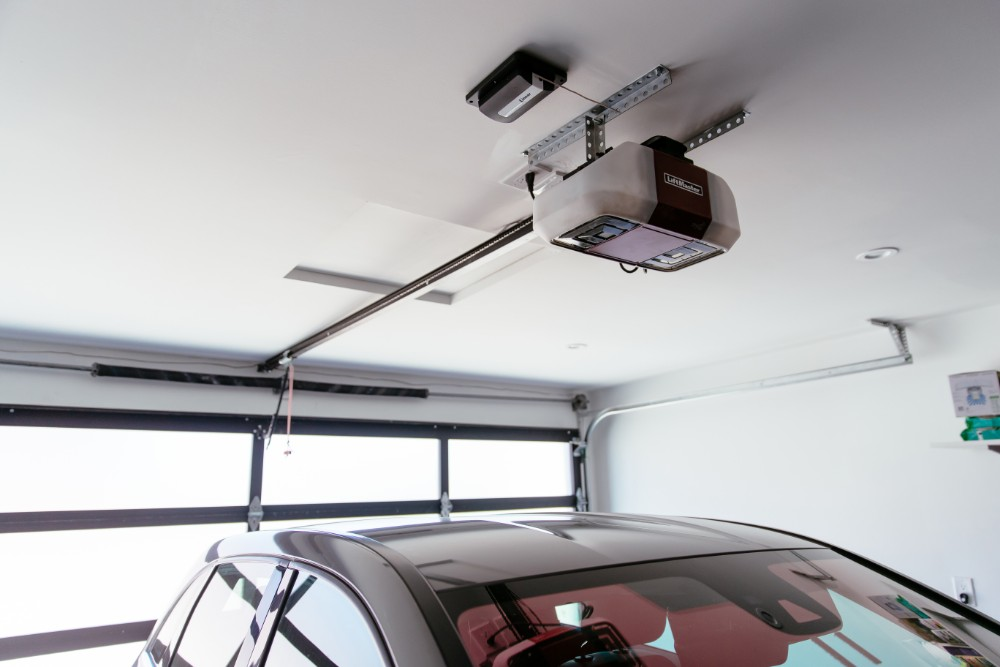
Image Source: vivint.com
If you have a garage door opener problem beyond your technical skill, you can work with a service technician to help replace the garage door or the parts. If your garage door system is outdated, they can help you pick a new one.
Here are six tips for garage door opener troubleshooting:
1. Checking Power Sources and Connections
The first step in troubleshooting garage door opener problems is to check the power source and connections. Ensure that the garage opener is plugged in and there is no damage to the power cord.
If the opener is hardwired, check that the circuit breaker has not tripped. It is also important to check the connections between the opener and the vital electrical outlet to ensure they are secure.
2. Testing the Garage Door Springs
The springs on a garage door are always under a lot of tension and can wear out over time. If the door often refuses to open or close smoothly, it could signify worn-out or broken springs. To test the springs, manually lift the door halfway and let go. If the door stays in place, the springs are working correctly. If the door falls or rises quickly, you must replace the springs.
3. Inspecting Garage Door Tracks
The tracks that guide the garage door open and close can also become damaged or misaligned, causing the door to operate incorrectly. To inspect the tracks, look for dents or bends in the metal. If there are any visible issues, gently tap them back into place using a rubber mallet.
4. Clearing Any Obstruction in the Garage Door Path
An obstruction in the garage door’s path can also prevent it from opening or closing correctly. Ensure no debris, objects, or other materials are blocking the door’s path.
5. Adjusting Garage Door Opener Sensors
The safety sensors found on a garage door opener can become misaligned or dirty, preventing the door from closing. To check the sensors, make sure they are clean and aligned properly. If they are not, gently adjust them until they are.
6. Replacing Worn-Out Garage Door Opener Parts
Finally, replacing worn-out or damaged parts may be necessary if none of the above crucial steps solves the problem. Some common parts that need a replacement include the motor, belt or chain, gear and sprocket, and circuit board.
Frequently Asked Questions (FAQs) on Garage Door Opener Problems
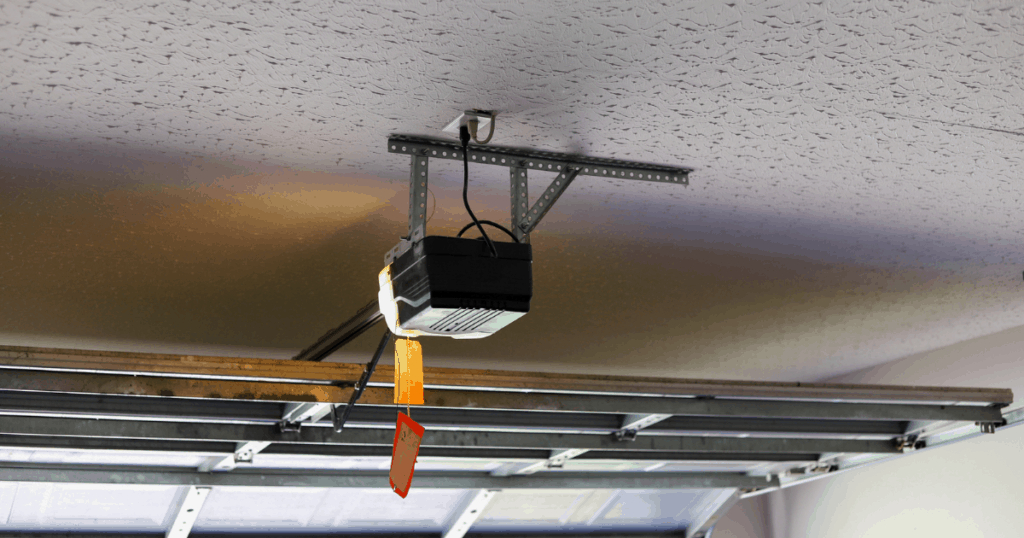
Image Source: overheaddoors.com
1. How do you diagnose a garage door opener problem?
Diagnosing a garage door opener problem involves checking the power source, examining the remote control and wall switch, inspecting the safety sensors and limit switch, and assessing the condition of the motor and drive gear. It is important to follow safety procedures when diagnosing and repairing garage door opener problems.
2. What causes the garage door opener to stop working?
A garage door opener may stop working for various reasons, including power outages, dead batteries in the remote control, faulty wiring or electrical components, misaligned safety sensors, damaged drive gears or chains, worn-out motor brushes or capacitors, and broken limit switches.
3. How do you test a garage door pressure sensor?
To test a garage door pressure sensor, place a block of wood or another thing in the path of the closing door. If the sensor is functioning properly, the door should reverse its direction and open again when it comes into contact with the object. If it does not, the sensor may malfunction and require repair or replacement.
4. How do I know if the garage door opener capacitor is bad?
A bad capacitor in a garage door opener can cause the motor to hum or buzz but fail to start. To test the capacitor, use a multimeter to measure the voltage and resistance across its terminals. If the readings significantly differ from the specifications listed in the manufacturer’s instructions, the capacitor may be faulty and need to be replaced.
5. How do I fix my automatic garage door opener?
Fixing an automatic garage door opener depends on the specific problem it is experiencing. Common solutions include replacing dead batteries in the remote control or wall switch, realigning the safety sensors, lubricating the drive gears and chains, replacing worn-out motor brushes or capacitors, and resetting the opener’s programming.
6. What causes the garage door not to open and close?
Several factors can cause a garage door not to open or close, including malfunctioning safety sensors, misaligned tracks, damaged springs or cables, a faulty opener motor or drive gear, a broken or worn-out limit switch, and power outages.
7. Why won’t the garage door open when I push the button?
There may be some reasons why your garage door fails to open when you push the remote control or wall switch button. Dead batteries, faulty wiring or electrical components, misaligned safety sensors, or a malfunctioning opener motor or drive gear are all potential culprits.
8. Why does my garage door stop when closing?
Several things can cause a garage door to stop when closing, including misaligned tracks, damaged springs or garage door cables, a malfunctioning safety sensor, a broken or worn-out limit switch, or a faulty opener garage door motor or drive gear.It is vital to identify and address the root cause of the problem to ensure the safe operation of the garage door opener.
9. Can I fix my garage door opener problems or call a professional?
It depends on the problem’s severity and your experience with garage door opener repairs. Homeowners can often fix simple issues like dead batteries or loose connections, but a professional garage door technician should handle more complex problems like broken springs or damaged tracks.It’s always great to err on the side of caution and call a professional if you’re unsure how to fix a problem.

